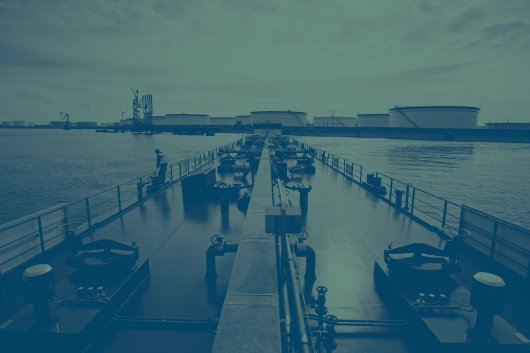Fuel costs rise for Norwegian Cruise Line
Bunker expenses increase by over 10 percent during the third quarter compared to last year.
Norwegian Cruise Line (NCL) has confirmed that fuel expenses rose from $69,602,000 to $77,035,000 during the third quarter of 2013 compared to the corresponding period in 2012, representing a rise of $7,433,000, or 10.7 percent.
In a comparison of fuel costs during the first nine months of the year, bunker expenses were 225,115,000 in 2013 compared to 206,743,000 in 2012, indicating a year-on-year increase of $18,372,000, or 8.9 percent.
According to NCL, the average fuel price, net of hedges, increased 2.4 percent to $695 per metric tonne during the third quarter of 2013 compared to $679 in 2012. The increase was partially offset by fuel consumption efficiencies particularly from the addition of Norwegian Breakaway to the fleet, NCL said.
Please find below a summary of the company's expectations regarding fuel consumption and pricing, along with accompanying sensitivities, during the fourth quarter and full year 2013.
Using the above forecast, fuel expenses would be $81,875,000 for the fourth quarter and 309,400,000 for the full year 2013.
As of September 30, 2013, the company said it had hedged approximately 93%, 64%, 51% and 15% of its remaining 2013, 2014, 2015 and 2016 projected fuel purchases, respectively.
Image: Norwegian Star.
In a comparison of fuel costs during the first nine months of the year, bunker expenses were 225,115,000 in 2013 compared to 206,743,000 in 2012, indicating a year-on-year increase of $18,372,000, or 8.9 percent.
According to NCL, the average fuel price, net of hedges, increased 2.4 percent to $695 per metric tonne during the third quarter of 2013 compared to $679 in 2012. The increase was partially offset by fuel consumption efficiencies particularly from the addition of Norwegian Breakaway to the fleet, NCL said.
Please find below a summary of the company's expectations regarding fuel consumption and pricing, along with accompanying sensitivities, during the fourth quarter and full year 2013.
| Description | Q4 2013 | Full Year 2013 |
| Fuel consumption in metric tonnes | 125,000 | 455,000 |
| Fuel price per metric tonne | $655 | $680 |
| Effect on Adjusted EPS of a 10% change in fuel prices, net of hedges (in thousands) | $0.01 | $0.01 |
Using the above forecast, fuel expenses would be $81,875,000 for the fourth quarter and 309,400,000 for the full year 2013.
As of September 30, 2013, the company said it had hedged approximately 93%, 64%, 51% and 15% of its remaining 2013, 2014, 2015 and 2016 projected fuel purchases, respectively.
Image: Norwegian Star.
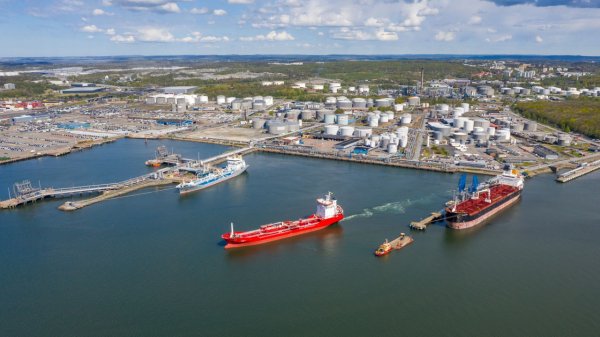
|
Swedish biomethane bunkered in Gothenburg
Test delivery performed by St1 and St1 Biokraft, who aim to become large-scale suppliers. |
|
|
|
||

|
Cockett to be closed down after 45 years
End of an era as shareholders make decision based on 'non-core nature' of Cockett's business. |
|
|
|
||
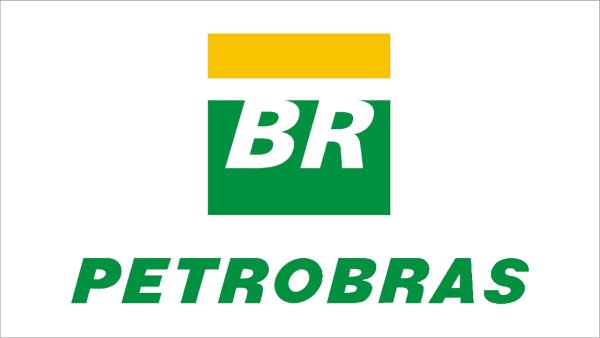
|
Petrobras confirms prompt availability of VLS B24 at Rio Grande
Lead time for barge deliveries currently five days. |
|
|
|
||
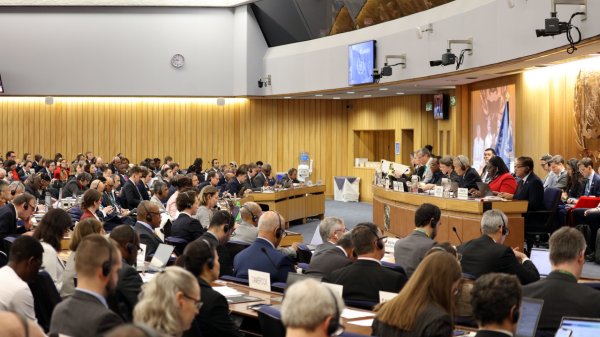
|
IMO approves pricing mechanism based on GHG intensity thresholds
Charges to be levied on ships that do not meet yearly GHG fuel intensity reduction targets. |
|
|
|
||
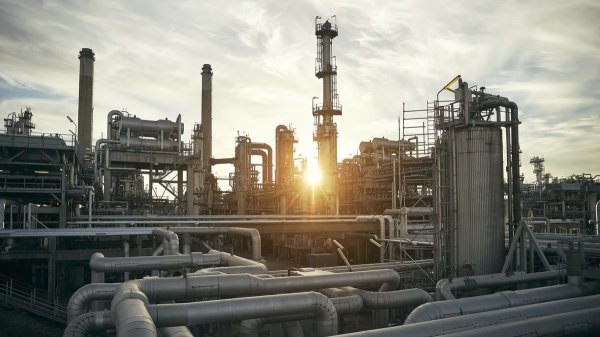
|
VARO Energy expands renewable portfolio with Preem acquisition
All-cash transaction expected to complete in the latter half of 2025. |
|
|
|
||
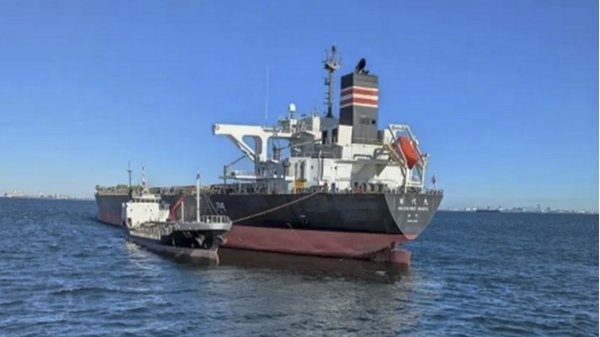
|
NYK trials biofuel in milestone coal carrier test
Vessel is used to test biofuel for domestic utility company. |
|
|
|
||
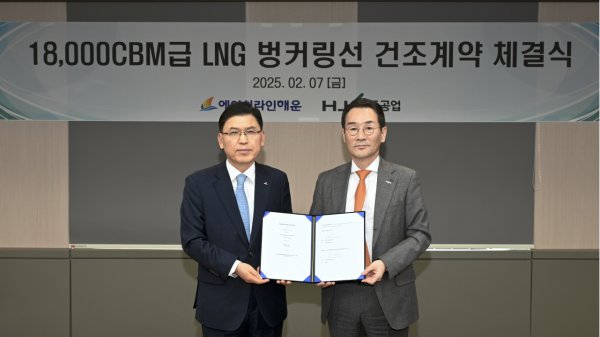
|
H-Line Shipping orders LNG bunkering vessel
Vessel with 18,000-cbm capacity to run on both LNG and MDO. |
|
|
|
||

|
How to engineer and manage green shipping fuels | Stanley George, VPS
Effective management strategies and insights for evolving fuel use. |
|
|
|
||
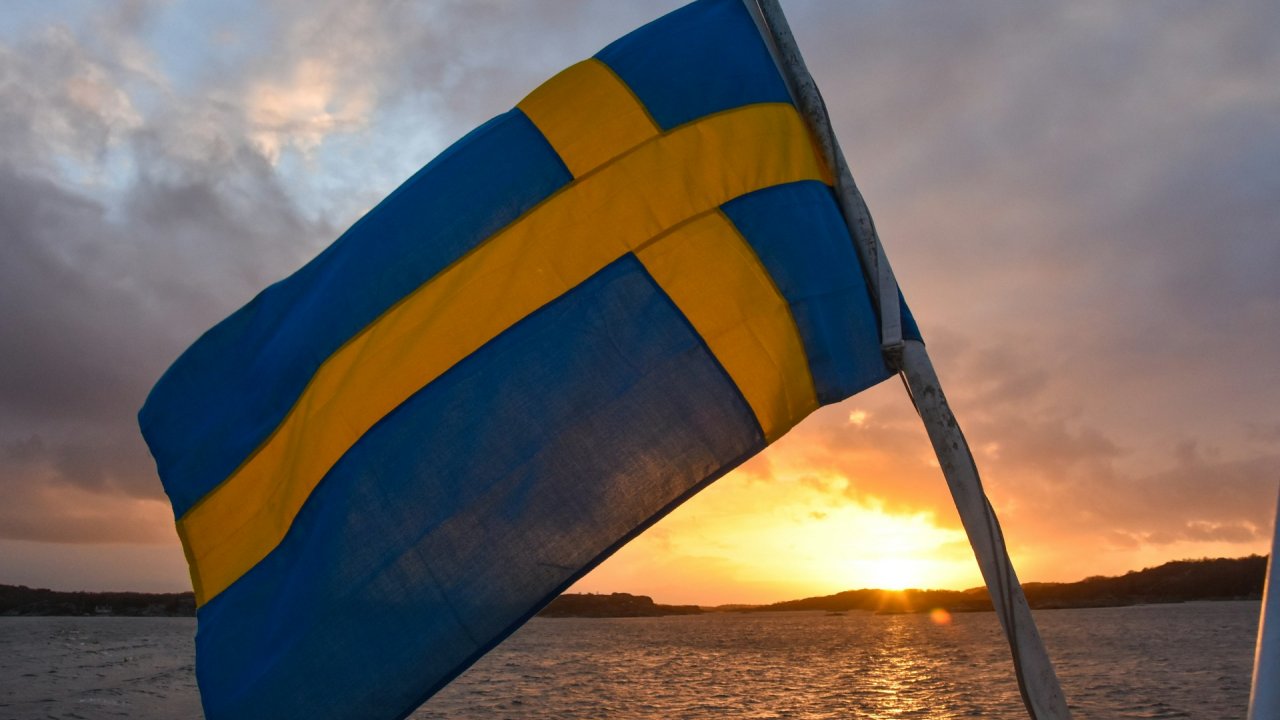
|
Swedish government bans scrubber wastewater discharges
Discharges from open-loop scrubbers to be prohibited in Swedish waters from July 2025. |
|
|
|
||
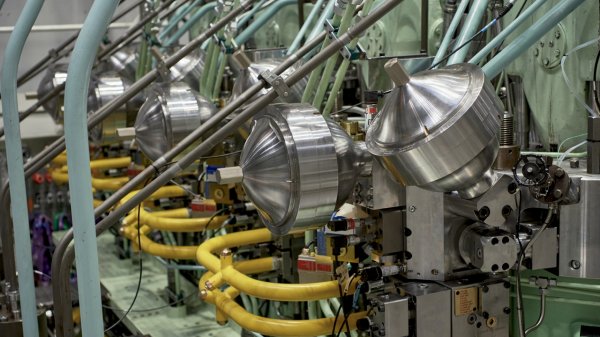
|
MAN Energy Solutions achieves 100% load milestone for ammonia engine
Latest tests validate fuel injection system throughout the entire load curve. |
|
|
|
||
Related Links
- · United States [Directory]

